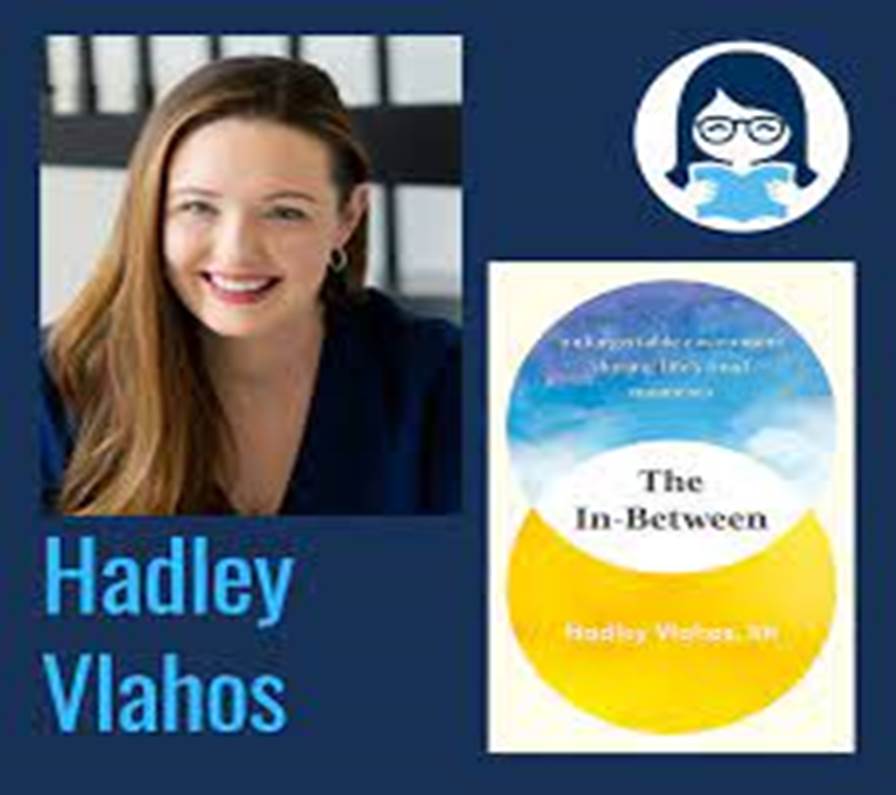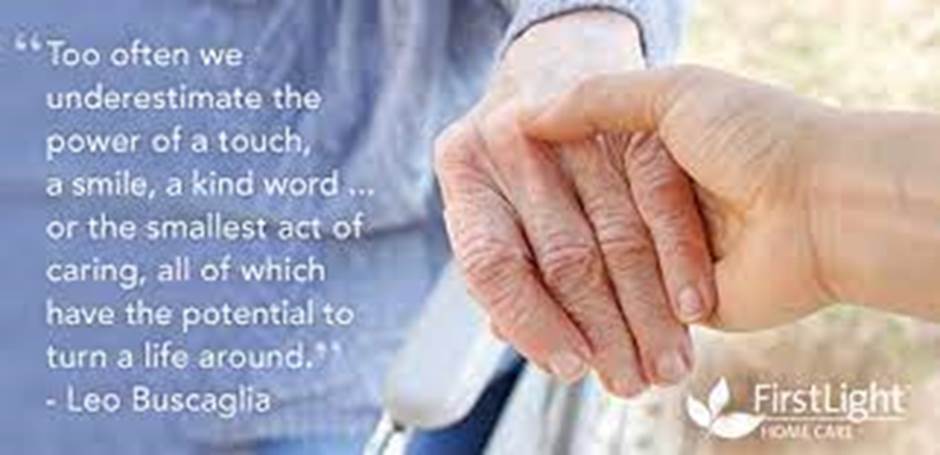
Deathbed Regrets
By Rafia Zakaria
Karachi, Pakistan
With great wealth comes great privilege. In the case of the US, that privilege extends to the creation of a sterilized distance between the dying and the living. When the elderly begin to hover close to death, they are relegated to nursing homes where staff care for them and family visits every now and then. Most of the time, these forgotten but alive people die in the nursing home with strangers around them.
The cutting-edge medical facilities available to Americans also mean that treatment of medical problems continues all the way until death even after it has been shown to not provide benefits to them.

FirstLight Home Care
This used to be the norm until some years ago when a new service called ‘hospice’ also became available. This type of care is available both in medical facilities as well as at home. Unlike curative treatments which attempt to cure or curb illnesses like cancer, hospice services focus on providing palliative care. This means that instead of trying to cure a patient, hospice care only focuses on keeping the patient comfortable and as free from pain and discomfort as is possible as they start to close in on their last moments in this world.
Hospice workers, most of whom are qualified as registered nurses, spend a lot of time with people who are dying. Recently, one of these hospice nurses 30-year-old Hadley Vlahos released a book in which she lists the things she has been told or has observed as happening before someone passes away. Her best-selling book, The In-Between: Unforgettable Encounters During Life’s Final Moments, documents stories of patients she has cared for as they neared their last moments. According to Vlahos, the phenomena that she has observed are ones that she has seen occur regardless of the patient’s religious beliefs or even if they had no religious beliefs.
According to Vlahos, nearly all dying people begin to see relatives and other dear ones who have already passed away. As she recounts in the book, the interesting thing about this is that in the dying experience these loved ones appear just as real as actually living people. So it is not uncommon for hospice workers to be introduced to these people that dying patients appear to see before them in their final moments.
To some, it would seem that these loved ones are there to make the experience of dying and leaving the world easier for those who are passing away. During this ‘in-between’ period, the dying person is said to be hovering somewhere in between this world and the next, and the barrier between the two becomes permeable. Many may ask if this can be considered proof that consciousness as we know it survives even after death. Very often the loved ones that they see look young and vibrant even if they had been old when they passed away.
In one case, the writer went for a routine shift to the home of a man who she had been taking care of for the past eight months. When she got there, her patient whom she had never seen getting out of bed was walking around with a flashlight searching for something. She was surprised because she did not even know that the patient had the capacity to walk. When she asked his wife what was happening, she too did not have a clue. She asked the man who or what he was searching for, and he said he was searching for Anna. When she told his wife this, tears starting pouring down her face. It turned out that the couple had lost a two-year-old daughter who had been named Anna. Not only did this patient believe he was seeing a deceased loved one, he was also experiencing a surge of energy.
In Vlahos’s experience, many people who are dying experience a strong surge of energy just before they pass away. Patients with dementia or Alzheimer’s may suddenly have moments of lucidity in which they can talk to loved ones and recognize people who they have not been able to recognize for years. Others start to walk after being bedridden for years, or suddenly get the ability to have a conversation after being silent for months. In addition, many of the dying are able to say when they will die. So, despite the medical odds, they will manage to hang on to life if they are waiting for a loved one to come and say a final goodbye.
The traditions of Muslim burial such as encouragement to attend funeral prayers of the deceased even if one did not know them exist so that the living do not forget the dead. This creates a proximity with death that is meant to foster not only a mindfulness of the transient and fragile nature of life itself but also empathy for the living family members in their grief.
A few years ago, a study done on the regrets of the dying found that mostly those close to the end of life regretted not spending enough time with their loved ones, especially their children. They also regretted working too much since that often led to them missing out on important occasions. Many of the dying also wished that they had not spent so much time in their life worrying about what other people thought.
It would be interesting to compare the experiences of the dying in Pakistan against these other anecdotes. While I have seen the sick talking to deceased relatives I have not seen episodes of sudden and medically inexplicable lucidity and mobility. The fact that many people seem to experience the comforting presence of those that they have lost is a reminder that even in death there are moments to look forward to.
(The writer is an attorney teaching constitutional law and political philosophy. Dawn)

